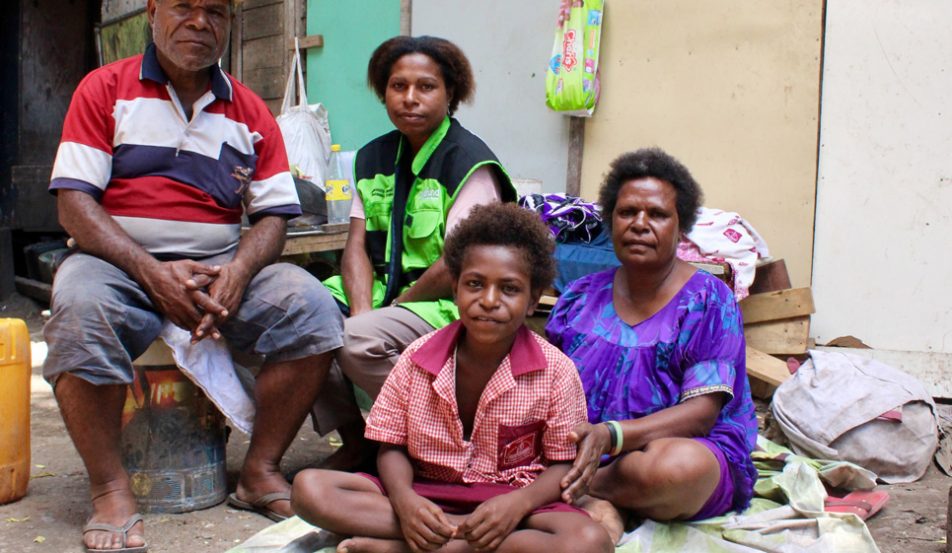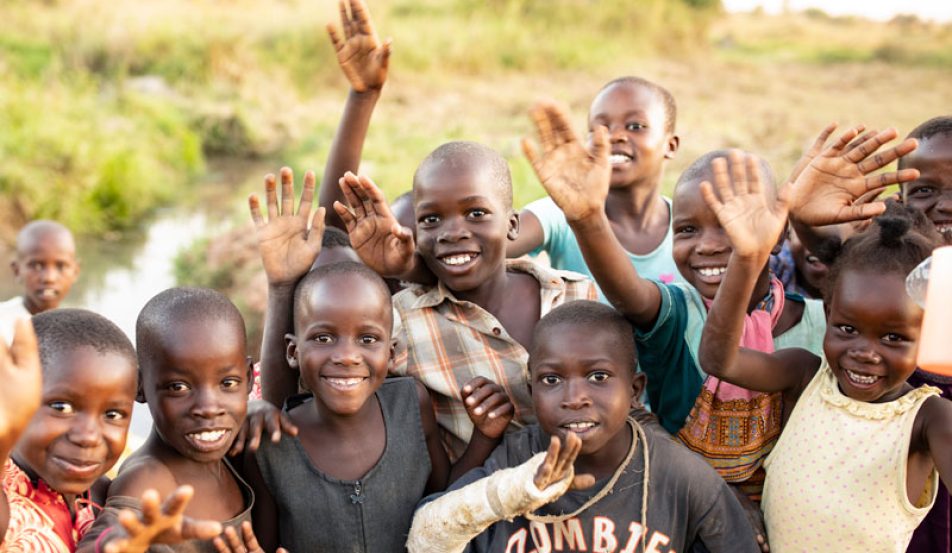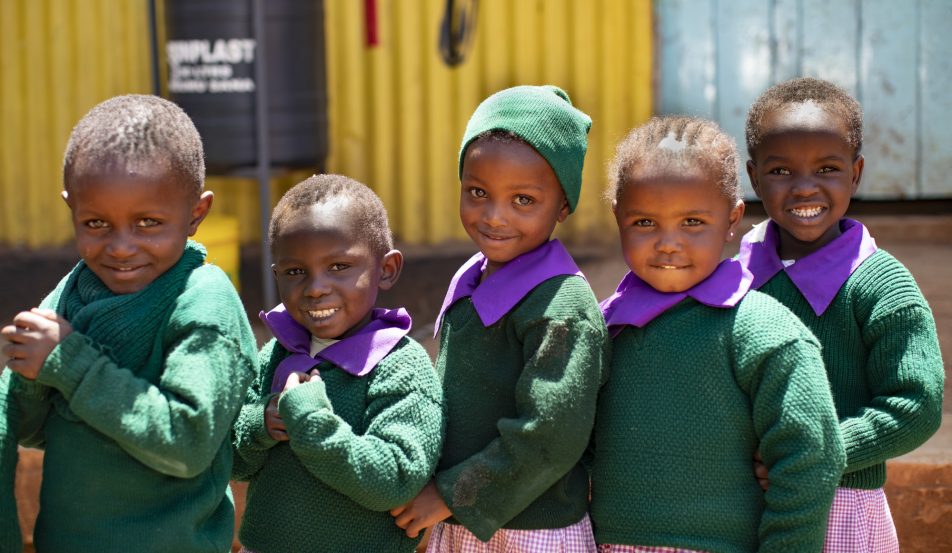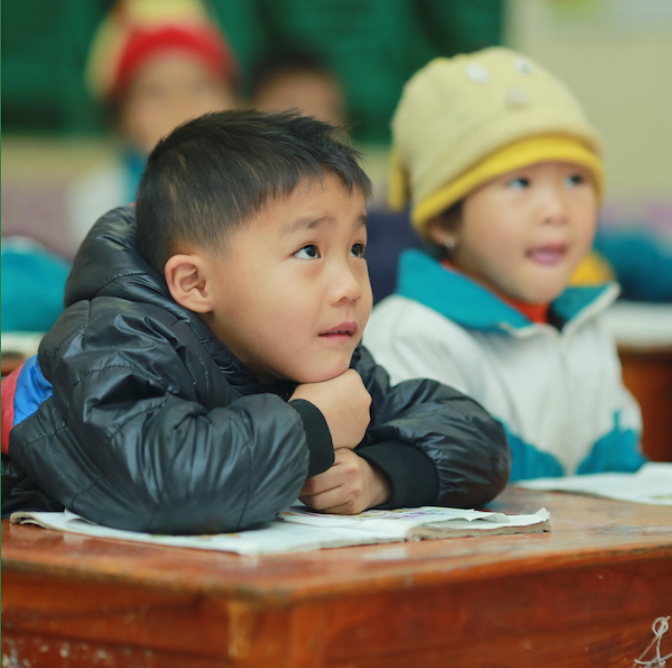How can we help reduce child poverty overseas?
Children, their families and communities can fall into poverty for many reasons. War, civil unrest and natural disasters can damage infrastructure that communities can’t afford to repair, affecting the livelihoods of the people who live there. Natural disasters, like droughts, can also affect the local economy, which means families can’t afford to pay for essentials or feed their children.
In other cases people are held back in their society, based on gender, caste, ethnicity, religion or other factors. Excluded groups can’t fully participate in their community, or live according to their needs and values.
There is no one way to end child poverty, but there are effective strategies to reduce it, and help children in developing countries break the cycle. Below we’ve outlined a holistic approach to child poverty, that tackles the issue from multiple angles. This includes from a basic needs perspective, such as access to food and water, as well as requirements for meaningful living, which includes education, healthcare and empowerment.
Read on to learn five ways we can help reduce child poverty overseas, as well as what you can do to make a small change with a big impact.
1. Provide access to safe and clean water
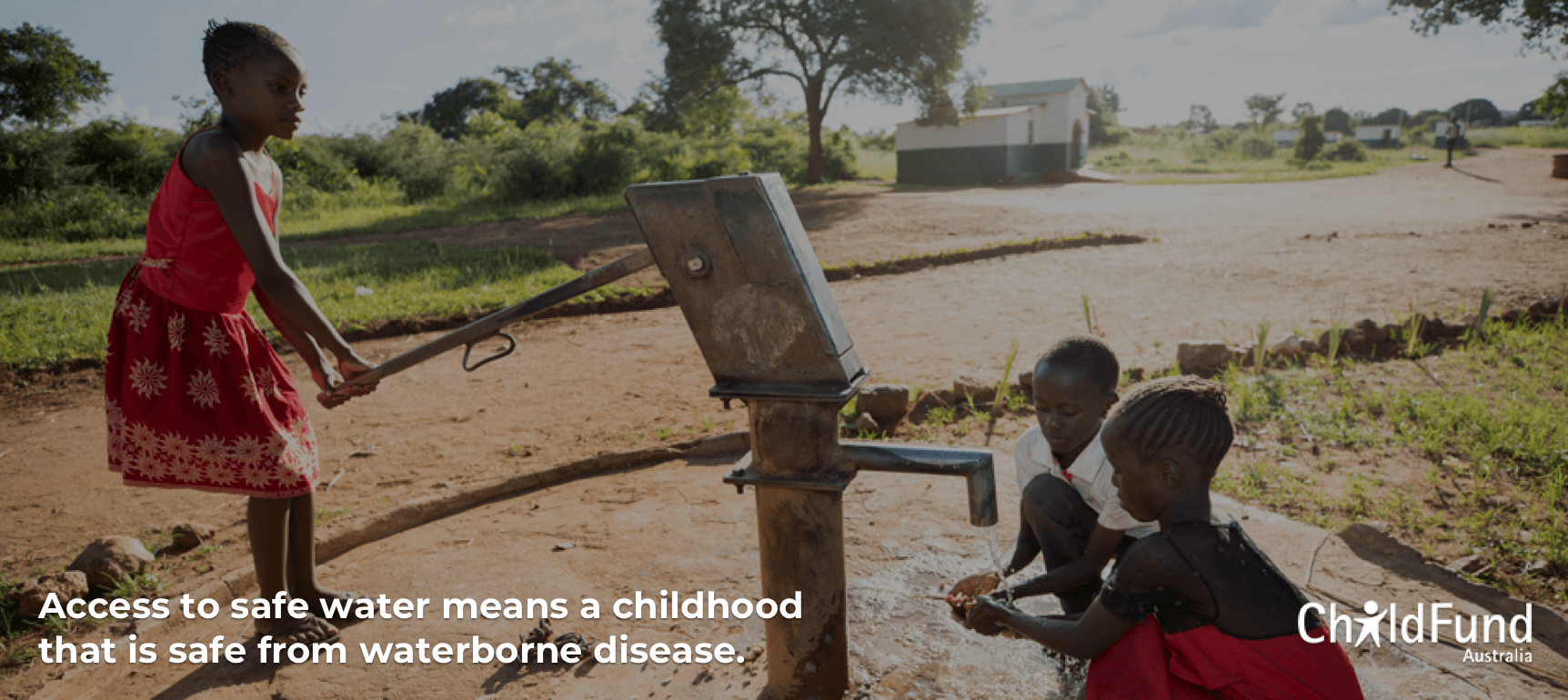
Access to safe and clean water is a fundamental need. All humans need water to drink, wash, cook and keep themselves clean. It is also an essential nutrient for everyone, but for children in particular, access to safe water means a childhood that is safe from waterborne disease, which not only impacts their health, but can have a detrimental impact on their education if they miss time at school due to illness.
What is the impact of unsafe water on children in poverty?
The World Health Organisation reported in 2022 that 2.2 billion people lack access to a basic drinking-water service, which means water that is filtered, or monitored at some level. Of these, 159 million are dependent upon surface water. The majority of these people live in Africa, where around half of those in poverty are children.
Contaminated well, reservoir and surface water transmit diseases that can be deadly for young children, whose immune systems aren’t strong enough to fight them off. These include:
- Cholera
- Dysentery
- Diarrhoea
- Hepatitis A
- Typhoid
- Polio
Risk of disease is particularly high in communities without sufficient hygiene practices, sanitation or healthcare facilities. Microscopic insects will often act as vectors for these diseases, living and breeding in the water that families give to their children to drink.
How can we provide access to safe water?
Providing access to safe water isn’t as difficult as you might think, but it costs time and money to construct the necessary infrastructure. Building wells, particularly those operated via handpump, can provide a local source of clean water within rural communities. Water filters keep these wells safe from harmful bacteria, which stems the transmission of deadly diseases.
Once safe water is available, hygiene training ensures families maintain a healthy lifestyle.. Access to clean water is also the first step to constructing new sanitation facilities, providing clean and accessible toilets, piping and sewage treatment, which further prevents the spread of disease.
2. Ensure equal distribution of food resources
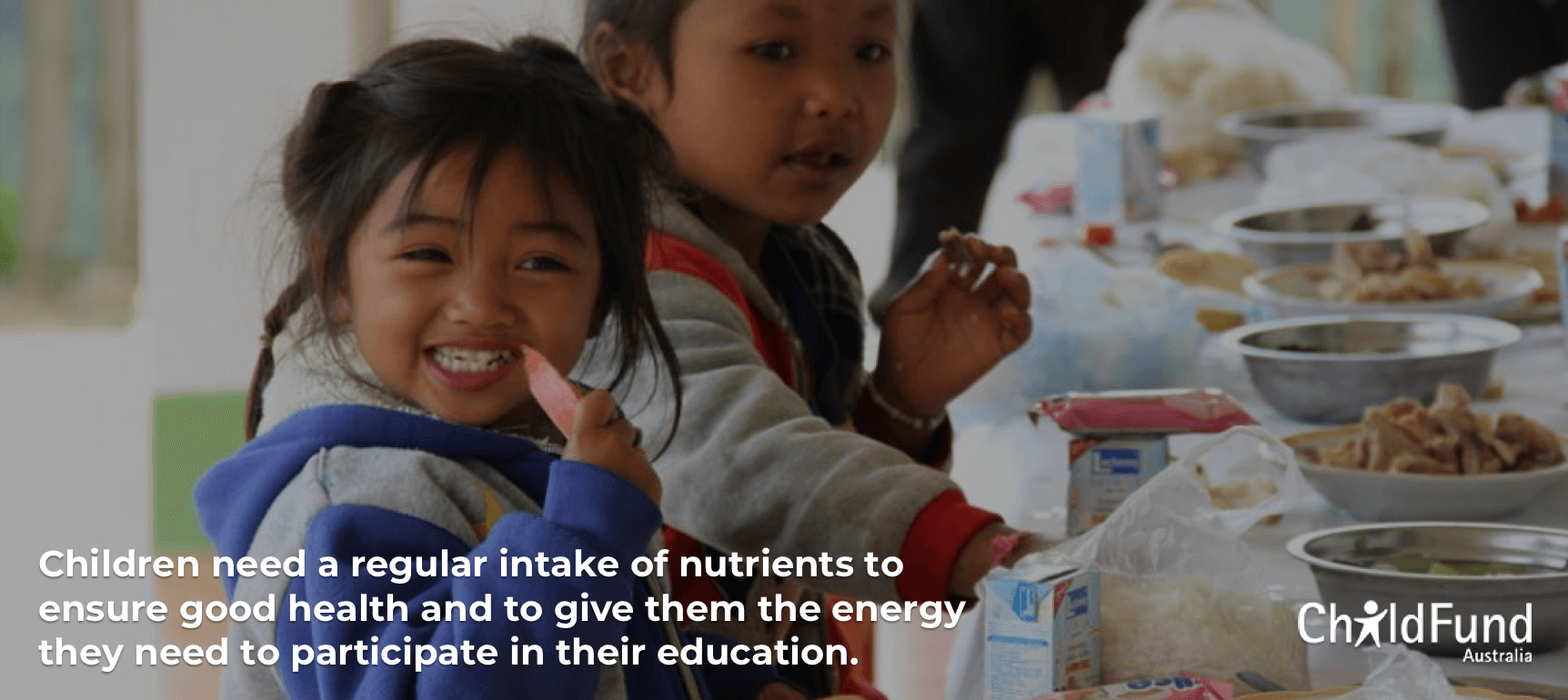
Inadequate nutrition occurs as a result of food insecurity, due to natural disasters, economic downturn or low income. Children need a regular intake of nutrients to ensure good health and development, and to give them the energy they need to actively participate in their education.
What is the impact of child hunger?
In 2023, the global food crisis has pushed 153 million children and young people into acute food insecurity. The highest number of undernourished people live in Asia, but malnutrition is more prevalent in Africa, due to ongoing droughts and food shortages. Some of the causes of child hunger include:
- Natural disasters: Severe weather events and drought can destroy crops and kill livestock.
- Low incomes: Families don’t always have the resources to provide enough food for their children.
- Conflict: War and civil unrest interrupts farming and destroys infrastructure.
Malnutrition can stunt children’s growth and lead to severe and in some cases life-threatening health conditions. It is estimated that 149 million children under-five-years old were suffering from stunted growth in 2023. Children in hunger are commonly lacking iron, iodine, Vitamin A and zinc, deficiencies which can impair cognitive function as well as growth.
Hunger is a key part of the poverty cycle. Hungry children have less low energy, reduced brain function and a smaller body size, which means they won’t be able to excel in their education. This means they are more likely to end up as unskilled workers, earning a low income, and the cycle of poverty thus continues.
How can we increase food security?
Education and infrastructure are key components of increasing food security. Providing rural communities with more adaptive or advanced farming techniques can increase food production. This can include the use of drought resistant crops, unharmful fertilizers, raising low water productivity, encouraging low food waste and lowering the market price of food.
Helping low income households expand their food supply with backyard gardens, livestock and additional resources is also an effective method to improve food security.
3. Educate every child
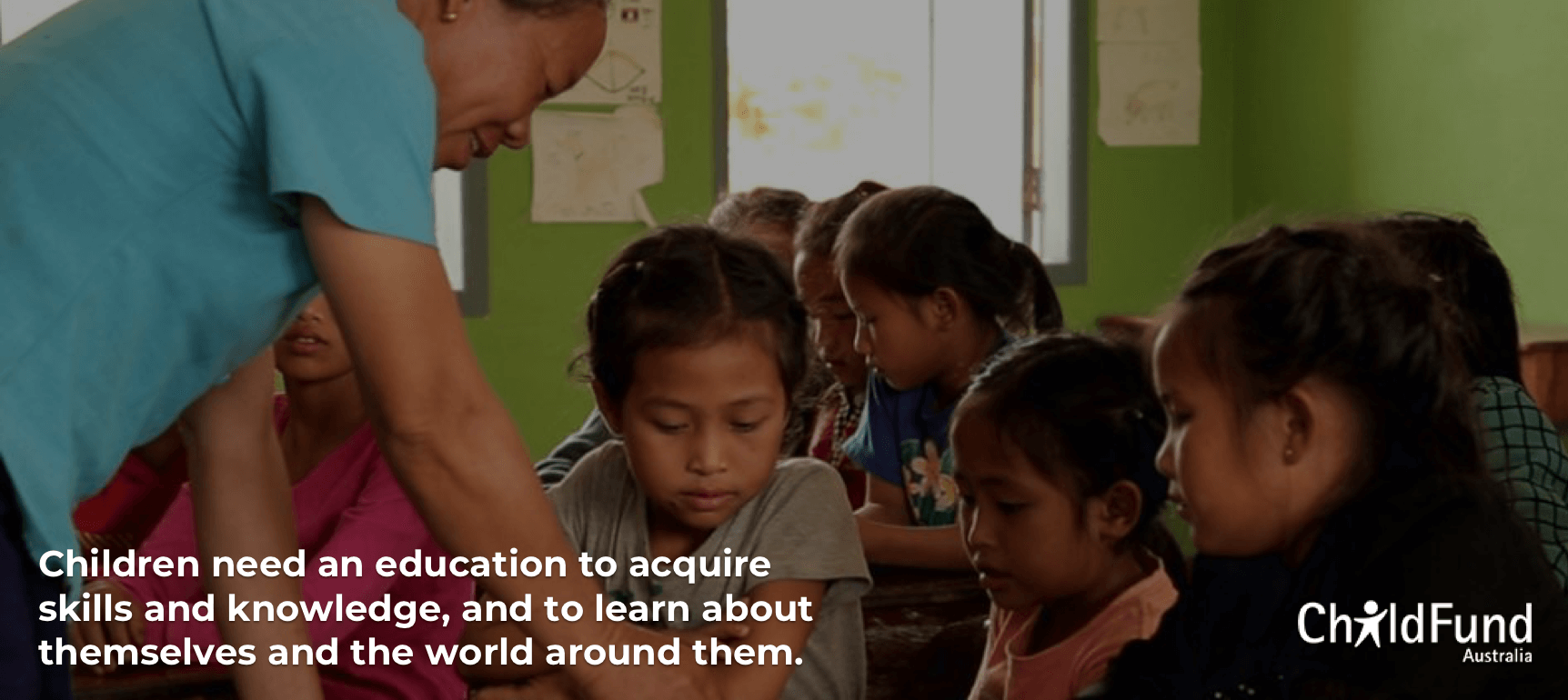
Access to a quality education is a crucial step to escaping poverty. Children need an education to acquire skills and knowledge, and to learn about themselves and the world around them. Educated children can become adults who are vehicles of change in communities affected by poverty.
Why are children in poverty deprived of their education?
Unfortunately many families in rural communities either don’t value education or have access to a quality schooling system. There were approximately 264 million children out of school in 2015, and significantly more attend schools that are unsafe and undersupplied.
Low income families will often send their children to the workforce, to provide the family with additional income. When children enter the workforce too early, they may be subjected to physical and emotional hardship as a result of their labour. Sometimes children may be working in mining, farming or other physically intensive industries.
Many parents don’t value education for girls, and may force their daughters to leave school early. When this happens, they’ll either enter the workforce, take up additional household duties at home, or be married.
How can we help provide a quality education for children in poverty?
We raise awareness among community leaders, elders and parents about the value of education for children, particularly their daughters. In the communities where we work, we’ve found that this strategy is extremely effective at keeping children in school, and preventing child marriage.
We’ll also need to ensure that schools are child-friendly. This means we need to help supply schools, particularly schools in rural communities, with the resources teachers need to provide a quality learning experience. This includes desks, chalkboards, library books and sporting equipment. We also train teachers in child-friendly learning methodologies, which are more successful than rote learning in engaging children, improving literacy and numeracy skills, and keeping children at school
The school’s physical environment may need renovations. Some essential components to a child-safe school environment include:
- Structures: Many rural schools have been damaged by severe weather events, natural disasters, war and civil unrest. New classrooms, toilet blocks and other structural improvements may be required.
- Fences: Enclosures help keep wild animals and intruders off school premises. They also provide physical boundaries to prevent children from leaving the school grounds unsupervised.
- Sanitation: Toilets and washing facilities aren’t always in working order in rural schools. Updating or installing these facilities will help improve hygiene at school and the overall health of children in the community. Proper sanitation facilities are particulary important in increasing the attendance of girls.
- Clean water: Even where sanitation facilities are present, many rural communities rely on unsafe water sources to wash, clean and drink. Installing filters ensures children and teachers have access to a clean water source at school.
The children we help receive an education now, will be much more likely to keep their children in school in the future. They’ll also be equipped with the skills and understanding to make informed choices and have a better chance of staying out of poverty.
4. Improve access to healthcare, treatment and prevention
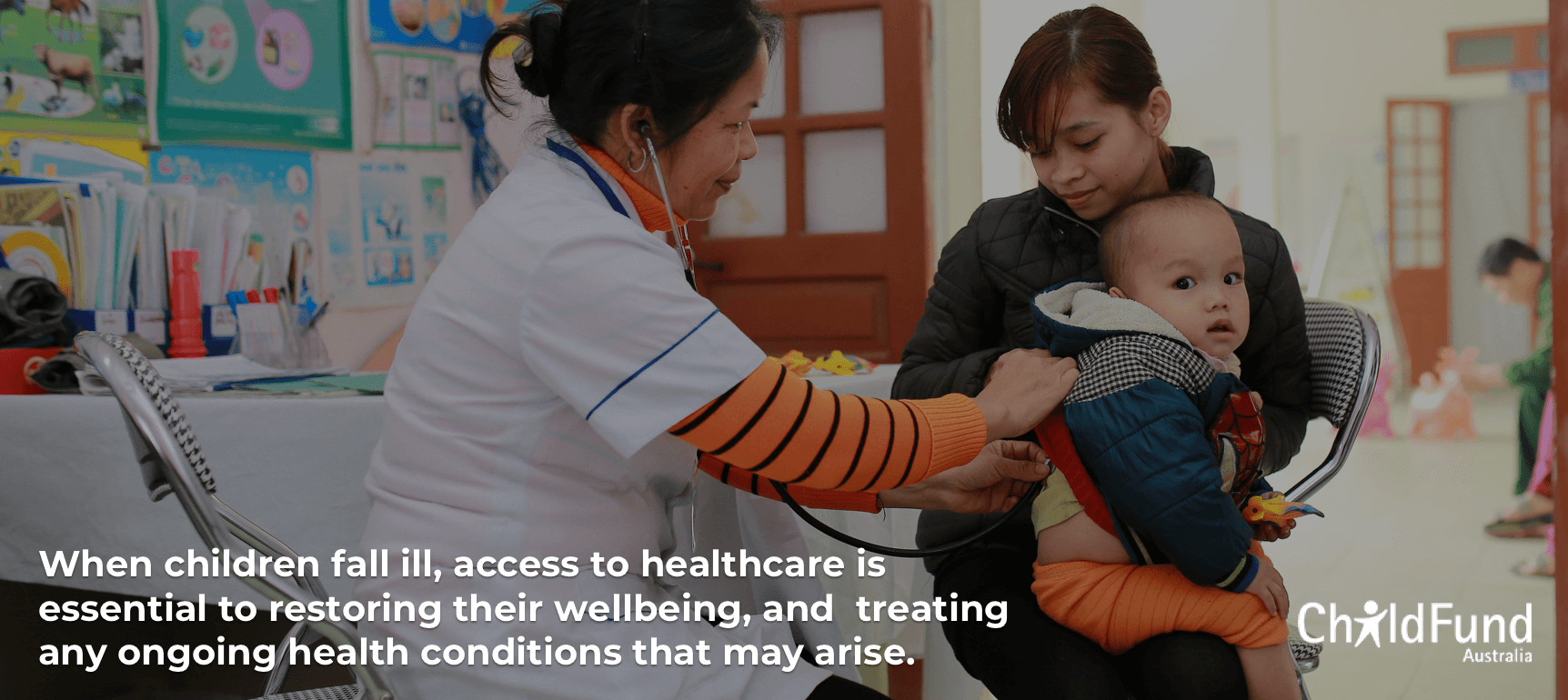
It is inevitable that young children will, at some point, fall ill. When that happens, access to healthcare is essential to restoring their wellbeing, and treating any ongoing health conditions that may arise. Unfortunately, around half of the world is without coverage for basic medical needs.
Why do children in poverty need access to medical services?
Healthcare isn’t just about treating disease, it’s also about prevention. In countries like Cambodia, Zambia and Kenya, many of the conditions which kill newborns and young children are easily preventable. Worldwide, around half of illness-related deaths among children are caused by diarrhoea, pneumonia, tuberculosis, HIV and malaria. All of these diseases are treatable or preventable if you have access to medical services, or can afford them.
Why don’t children in poverty have access to treatment and prevention?
There’s many reasons why families in poverty can’t provide their children with healthcare:
- Cost: Many families can’t afford to pay for a doctor, vaccinations, or can’t afford to give up work to care for the child.
- Location: Rural communities aren’t equipped with the medical facilities and staff of the cities. Without trained doctors and nurses, adequate healthcare just isn’t available.
- Barriers: Cultural or religious attitudes towards contraception, vaccination and certain forms of treatment may prevent parents from taking necessary action.
- Knowledge: Minority or marginalised groups don’t always have the knowledge to seek treatments or prevention, even if available in their community.
- Emergencies: In times of crisis, medical infrastructure is often severely damaged or destroyed.
How can we improve children’s health and access to healthcare?
Providing access to healthcare is a complex situation. Some strategies to improve access to treatment and prevention include:
- Nutrition: Improving nutrition will support a child’s growth and develop a strong immune system.
- Prevention: Providing families with traditional, home-use prevention methods, such as malaria nets, can help keep newborns and infants healthy. Contraceptives help prevent the transmission of HIV, and other sexually transmitted infections.
- Vaccinations: Ensuring children are vaccinated for harmful diseases, like polio, is one of the most important steps to keeping the next generation healthy.
- Education: Teaching parents and community leaders about the importance of hygiene, vaccination and contraception, can help overcome cultural barriers and knowledge gaps.
- Medical personnel: Training nurses and doctors from the local area provides knowledgeable and trusted medical personnel to address the needs of the community.
- Emergency relief: In times of crisis, we need to provide medical supplies and support to prevent the spread of disease through refugee camps.
Improving access to healthcare is critical to reducing the infant mortality rate in developing countries. If we can’t curb disease through treatment and prevention, our efforts in other areas will be in vain.
5. Empowerment and gender
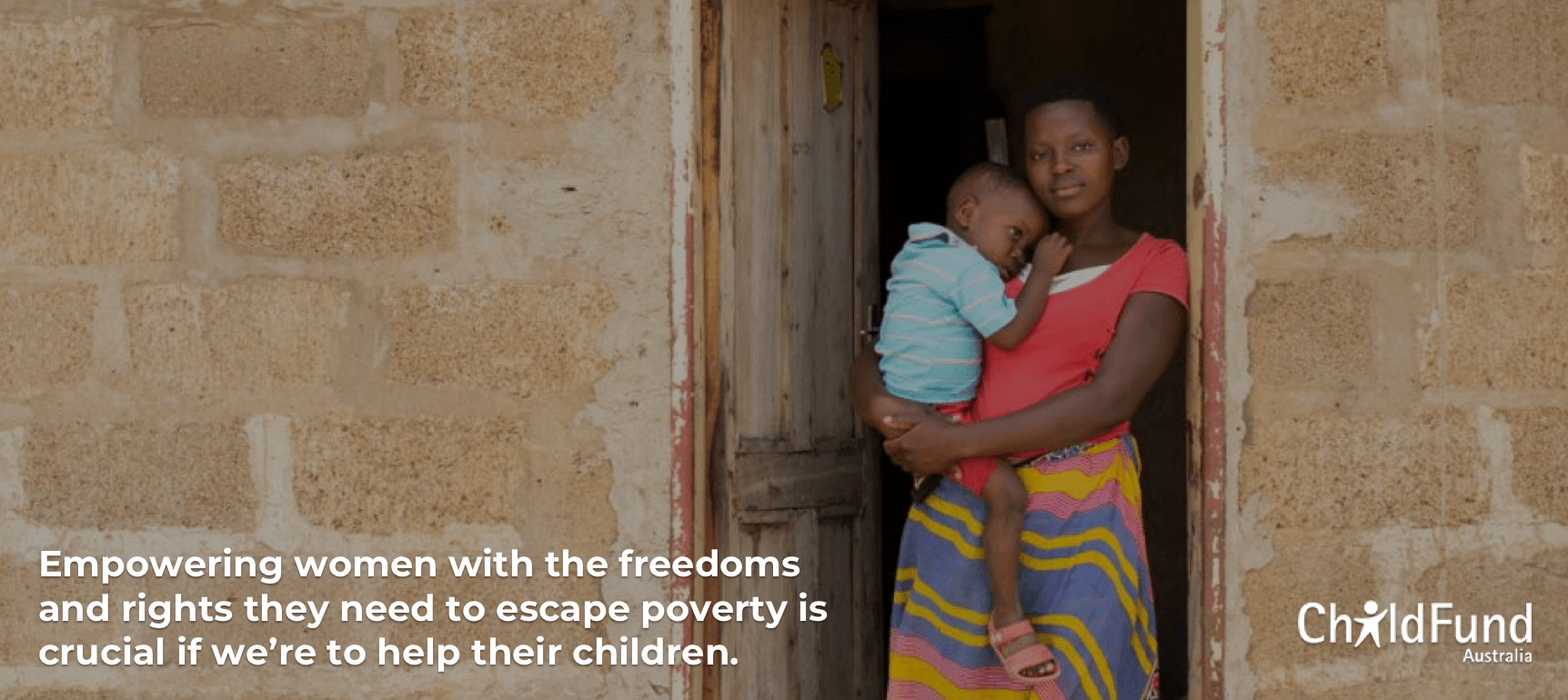
Women are one of the most disempowered groups in developing countries. Long-standing cultural attitudes preclude them from equality in education, work, income, inheritance and access to certain medical treatments or services. Empowering women with the freedoms and rights they need to escape poverty is crucial if we’re to help their children.
What is the impact of gender inequality in developing countries?
In most developing countries, the education of girls isn’t valued as highly as for boys. Girls are less likely to remain in school, and may be pulled out by their parents to save money, or be entered into child marriage.
Around the world, 1 in 5 girls are married before the age of 18. In Zambia alone, this accounts for 29% of young girls. When girls become brides and mothers too young, they’re likely to face significant physical and psychological hardship and abuse. Physically they aren’t yet mature enough to endure sex, pregnancy and childbirth. They’re also not yet emotionally ready to become wives and mothers.
Women are paid the lowest wages for work in developing countries. If counted against unpaid work hours at home, fulfilling the demands of household duties and care for the children, they also work the longest hours. In the cases of violent marriages, this can keep women locked in abusive relationships, without the means to support themselves or their children should they leave the marital home.
How can we empower girls and women in developing countries?
Education is one of the most important ways to empower girls and women. Young girls who complete school will be less likely to remain in poverty, equipped with the skills to start their own business, or pursue further education. They’ll also marry later, at a healthier age, and on their own terms.
Contraceptives are critical to empowering women with control over the growth of their families. Educating community leaders about the importance and value of contraceptives, as well as providing them to women at an affordable rate, is key to helping mothers care for the children they already have.
For women who do have children, safe birthing conditions are vital. Rural communities need medical facilities and personnel who can provide support for expectant mothers in their care.
If we’re going to reduce child poverty overseas, itis also crucial to empower mothers and other women in rural communities, so that they can act as role models for the next generation of girls.
Is it possible to reduce child poverty overseas?
Yes it is. It won’t happen overnight. It takes time for attitudes to change, infrastructure to be built, and for the results of improvements in education, health, and empowerment to see tangible results. But as we’ve observed in the communities where we work, the strategies we’ve just discussed do make a difference.
Now it’s over to you. Would you like to help reduce child poverty overseas? Learn how you can support us, and make a difference for children in poverty.































